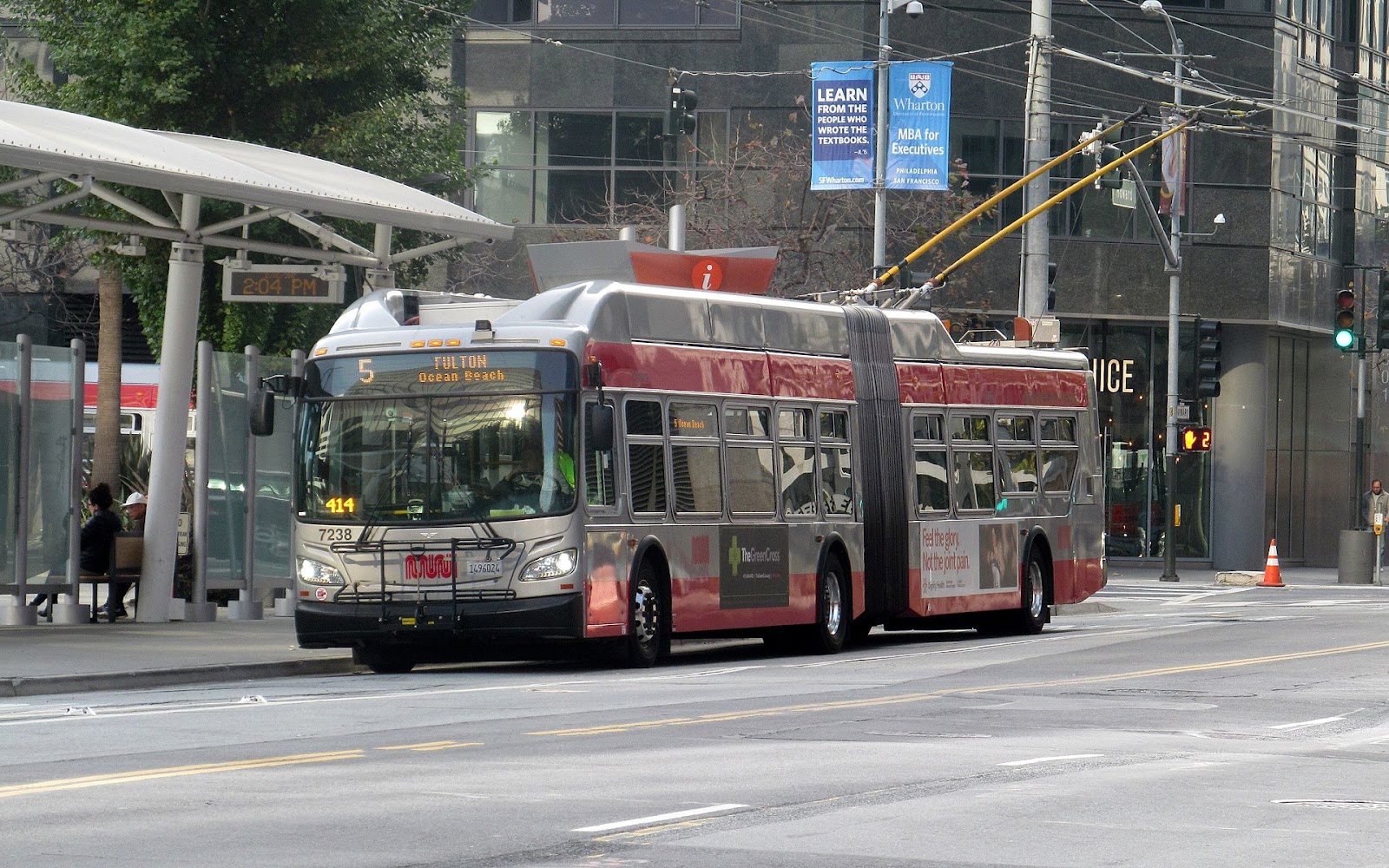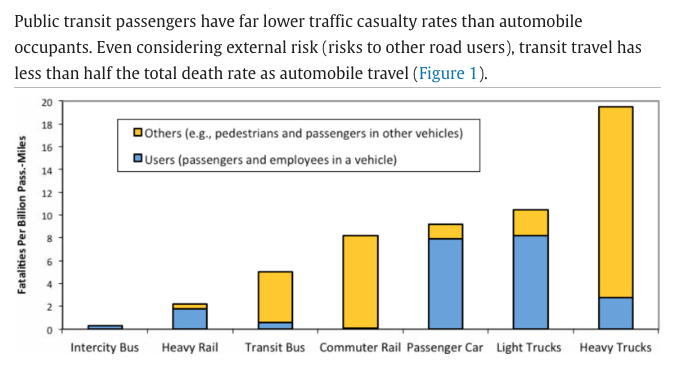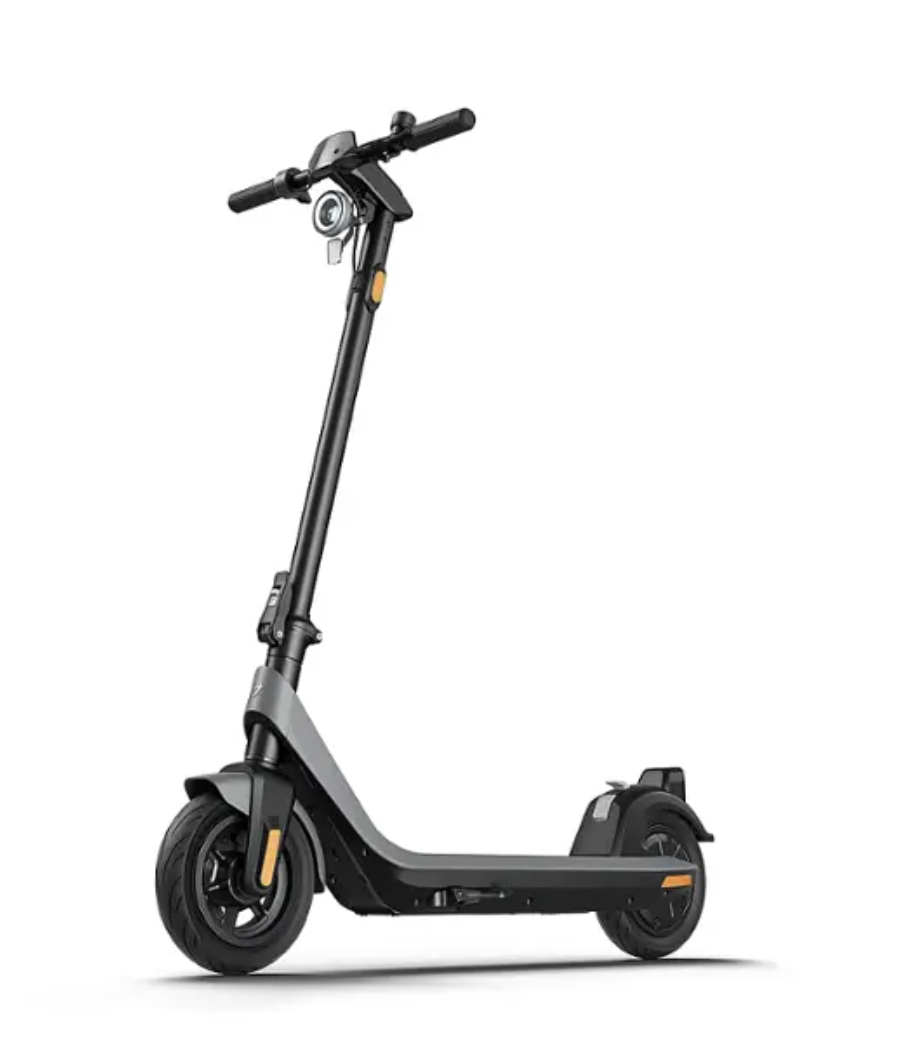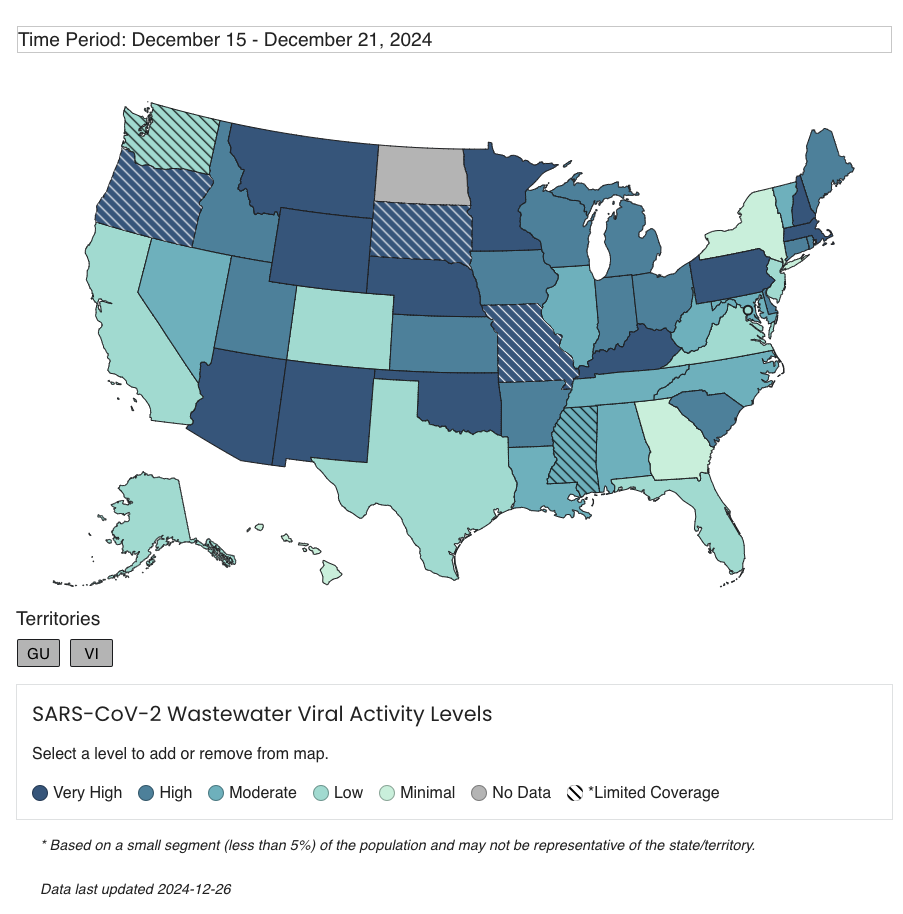I just can't make up as self-serving as the Dark Roof Lobby. We live in the post-truth society so they are even successful despite having no science to back up their assertions.
[I learned about this issue, and about Floodlight News from the non-billionaire-controlled social media site, Bluesky. You can find me there under the handle, gspeng.]
Remember in 2012 when we replaced our dark asphalt composite roof with a Cool Roof? It cost no more than the dark color, and was also made of composite materials. Only, the cool roof contained light-colored bits of recycled and tumbled glass instead of dark asphalt bits. Instead of absorbing 70% of incident heat, it reflected 70%.
It's not a big change in appearance, costs no more, was just as easy and quick to install, and lasts just as long. (Actually, glass is one of the more stable materials and it might last longer than asphalt composite shingles.) Installing a cool roof will make a big difference in your comfort on a warming planet, and on your pocketbook in cooling costs. How often do you get something that is all upside?
That's a private benefit. The real gains are when it's multiplied at the city level. In Cool Roof 2: Cool Roof, Cool City, I explained mass deployment of cool roofs are the most effective and cheap method of reducing the Urban Heat Island Effect. We're talking dozens of studies using mesoscale modeling including radiative forcing calculations (instead of cheaper parameterizations), in a variety of climates.
In different climates, Cool Roofs always comes out the top or second most impactful intervention for combatting the Urban Heat Island Effect. They are also the cheapest. Unlike trees, they don't require you to find water in the desert to perpetually water them.
It's a sign of the times that I am not sure of the veracity of a epa.gov website and if it will be messed with later. As of June 19, 2025, these are factually correct.
- https://www.epa.gov/heatislands/what-are-heat-islands
- https://www.epa.gov/heatislands/heat-island-reduction-solutions lists cool roofs behind trees and green roofs, even though cool roofs are more effective than the others in the list.
- https://www.epa.gov/heatislands/using-cool-roofs-reduce-heat-islands does a good job explaining the different types
Who could possibly be against replacing a dark roof at the end of it's natural lifespan with a cool roof?
Enter the Dark Roof Lobby, under the guise of an astroturf group calling themselves Coalition for Sustainable Roofing.
The Coalition for Sustainable Roofing (COSUR) represents companies who manufacture cool roofs, dark roofs, gray roofs, white roofs, and everything inbetween. Carlisle Construction Materials, Holcim Building Envelope, and Johns Manville are long-standing North American-based manufacturers of a variety of building products. Because they manufacture a wide range of roofing products instead of specializing in just one membrane type, these companies have a unique vantage point from which to offer insights on holistic roof system design and sustainable roof assemblies. COSUR works closely with roofing architects, roof consultants, and roofing contractors to emphasize holistic approaches to roofing solutions, promoting resilience, energy efficiency, and urban heat island mitigation.
What is "holistic roofing?" How is lobbying against Cool Roofs promoting resilience and energy efficiency? Just say it out loud. You don't want to change and you want to milk your old factories for as long as you can without learning how to make different things.
COSUR has exactly one employee, an operative government relations and equity-focused leadership professional. I am not going to link to her page, but here are screen shots from her LinkedIn.
It would be comical, except that they were successful in preventing Denver from adopting a cool roof requirement and rolling back Tennessee's requirement. COSUR also stopped adoption of cool roof requirements in national energy efficiency codes.
Their lobbying uses talking points that are just blatantly untrue lies. Cool roofs do not wear out any faster, or cause mold problems. They cherry-picked one study from Harvard and ignored dozens of studies from around the world showing that cool roofs are very effective at combatting the urban heat island effect.
Whether your home lacks air conditioning or if you are among the 27% of US families that struggle to pay their energy bills, a cool roof could be literally the difference between life and death in a heat wave.
From the Floodlight Article:
But the weight of the scientific evidence is clear: On hot days, light-colored roofs can stay more than 50 degrees cooler than dark ones, helping cut energy use, curb greenhouse gas emissions and reduce heat-related illnesses and deaths. One recent study found that reflective roofs could have saved the lives of more than 240 people who died in London’s 2018 heatwave.
Energy insecurity is borne by renters, though landlords select the roofing material. This is why cool roof mandates matter. Over time, everyone will have access to this life-saving, and money-saving, measure. But we have to stop replacing dark roofs with dark roofs.
Large roof manufacturers can afford to retool to make cool roofs. They just don't want to. People will die.




















